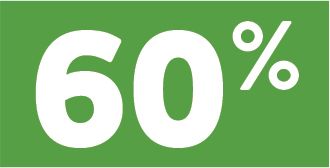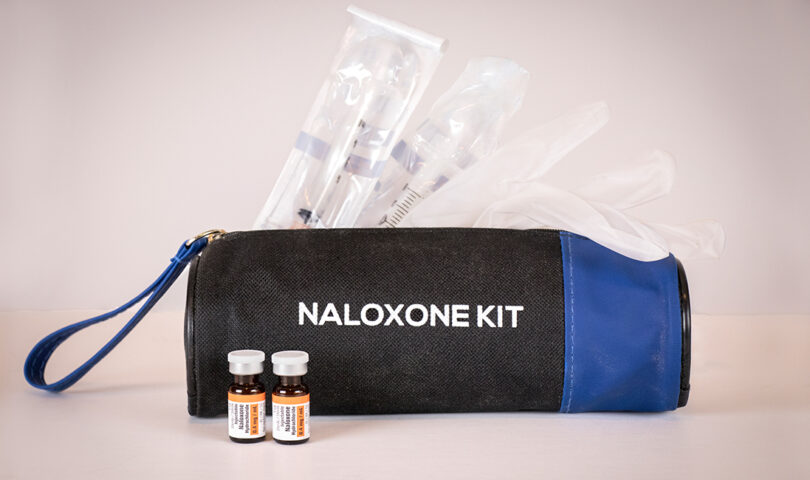Two recent reports look at the increase of opioid-related harms as a result of the pandemic, and the experience of those who make use of the Ontario Naloxone Program for Pharmacies.
Pharmacy professionals are encouraged to review the selected key resources to help guide their opioid-related discussions with patients.
Opioid-Related Deaths During COVID-19 Increased Significantly
A joint report from the Ontario Drug Policy Research Network, the Office of the Chief Coroner for Ontario/Ontario Forensic Pathology Service and Public Health Ontario highlights the patterns surrounding opioid-related deaths in 2020 during the pandemic. The report, titled “Changing Circumstances Surrounding Opioid-Related Deaths in Ontario during the COVID-19 Pandemic,” compares circumstances of opioid-related deaths in Ontario pre-pandemic (March 16 – December 31, 2019) and during the pandemic (March 16– December 31, 2020).
The report illustrates how public health restrictions introduced during the COVID-19 pandemic increased risks of drug-related overdose and death in Ontario:

rise in opioid-related deaths in 2020 from 2019

opioid-related deaths during the pandemic occurred among people aged 25 to 44, representing an increase of 501 deaths compared to before the pandemic

of opioid-related deaths during the pandemic occurred among men

increase of opioid-related deaths during the pandemic among people experiencing homelessness
Understanding Patient Experiences with the Ontario Naloxone Program for Pharmacies
One of the ways that pharmacy professionals can help reduce the risk of opioid-related harms is through the provision of naloxone. In-depth interviews conducted by the Ontario Drug Policy Research Network with those who access naloxone from pharmacies identified a number of themes from their experiences, including:

A lack of privacy and a fear of being judged by pharmacy staff and customers could deter some people from accessing the drug in pharmacies.

Participants in environments where opioid overdoses can occur were motivated to access naloxone to protect themselves and their communities. There was less motivation to access naloxone among participants taking opioids for chronic pain, who often did not perceive themselves to be at risk of overdose.

Pharmacists can create safer spaces for people who use opioids by avoiding judgmental language and improving their understanding of the social and structural determinants of drug-related harm.
Key Resources for Pharmacists to Guide Discussions with Patients About Opioids and Naloxone
Pharmacist Clinical Tool for Initiating Naloxone Discussions
This resource from the Ontario Pharmacists Association can help pharmacists navigate how to initiate a conversation with patients about naloxone. It also provides guidance on identifying patients at highest risk of opioid-related respiratory depression.
Pharmacist’s Virtual Communication Toolkit: Engaging in Effective Conversations About Opioids
This interactive tool from the National Association of Pharmacy Regulatory Authorities provides an overview of the three stages for engaging in conversations with patients, including strategies, behaviours and sample dialogue.
Language matters: Using respectful language in relation to sexual health, substance use, STBBIs and intersecting sources of stigma
This guidance document from the Canadian Public Health Association helps healthcare professionals have conversations with patients in a respectful and non-judgmental manner, with a focus on sensitive topics, including substance use. To assist healthcare professionals, the document lists terms to avoid or use with caution, an explanation of why they are problematic and what to use instead.
A New Opioid Prescription: What Should You Consider?
This Pharmacy Connection article walks through what a pharmacist should consider when deciding whether to dispense an opioid prescription and how to communicate with and educate the patient.
Opioid Policy
The College’s Opioid Policy provides expectations for pharmacy professionals regarding opioids with the aim of promoting safe and appropriate opioid use through education and training, sharing of evidence-based best practice and outlining expectations.
Canadian national consensus guidelines for naloxone prescribing by pharmacists
This article from the Canadian Pharmacists Journal provides practical tips for pharmacists to help increase naloxone kit uptake by patients at risk of opioid overdose.













